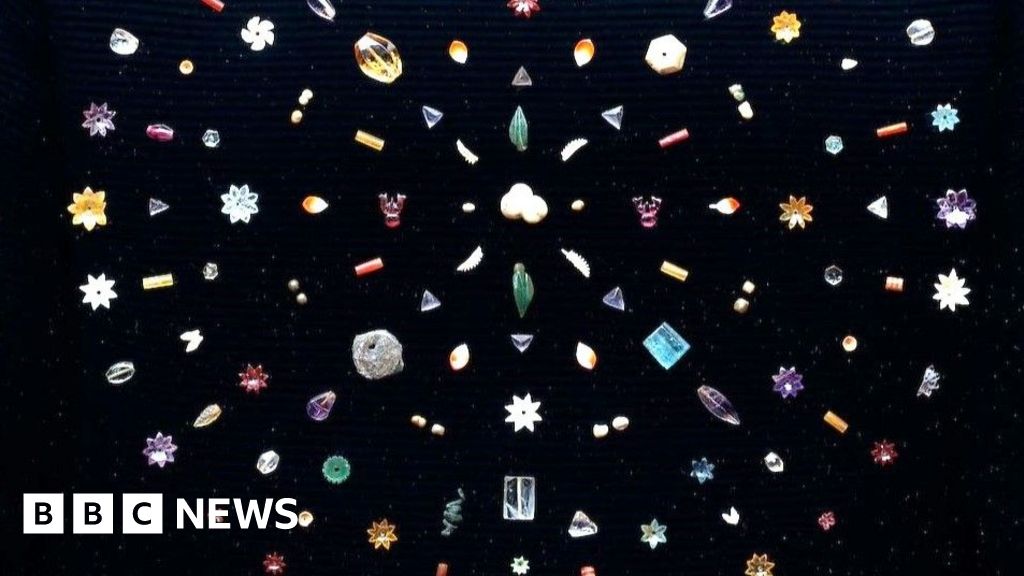Introduction to the Sacred Jewels
The Sotheby’s auction house has returned a number of sacred jewels believed to be connected to the remains of the Buddha in India. This decision came after increasing pressure from the Indian government and the global Buddhist leader. The jewels, known as the Piprahwa jewels, were described by archaeologists as one of the most amazing finds in the modern era.
The Auction and Its Cancellation
The Piprahwa jewels were set to be auctioned in Hong Kong in May. However, after diplomatic intervention and threats, the sale was canceled by legal steps from Delhi. The Conglomerate Godrej Industries Group, based in Mumbai, has acquired the jewels, said Sotheby’s. Sotheby’s stated that it was "pleased" to make the return easier after the owner, the new buyer, and the Indian government negotiated for two months.
The Historical Significance of the Jewels
The relics will now be a permanent public exhibition in India, said the auction house. Indian Prime Minister Narendra Modi announced the return, calling it a "proud and happy moment" and a victory for the country’s cultural heritage. The relics, he said, came home after 127 years. The cache contained almost 1,800 pearls, rubies, sapphires, and gold leaves, in addition to bone fragments, which were determined by a written urn in 1898 by the English real estate director William Claxton Peppé from a Stupa in Piprahwa in northern India near Buddha’s birthplace.
The Journey of the Jewels
Peppé finally gave the most gemstones, relics, and relics to the colonial Indian government: the bone relics went to the Buddhist king of Siam (Rama V). Five relic caskets, a stone box, and most other relics were sent to the Indian Museum in Kolkata – then to the Imperial Museum of Kalkutta. For over a century, the rest of the dazzling jewels remained largely hidden in a British private collection. A set of 300 jewels from the Peppé family was issued publicly in Hong Kong in Sotheby in February and May.
The Controversy Surrounding the Sale
The planned sale of the Buddha relics of Sotheby’s in Hong Kong had triggered widespread ethical concerns, with scientists and Buddhist leaders asking whether holy objects – especially those associated with human remains – should be treated as goods. Critics asked the seller’s authority to auction the relics, while defenders said that a transparent sale was the fairest way to transfer custody. For many Buddhists, the jewels are inextricably linked to the saints and are to be worshiped and not sold.
The Return of the Jewels
The Godrej Industries Group, the buyer of the jewels, serves over 1.1 billion consumers worldwide in areas, including consumer goods, real estate, agriculture, finance, and chemicals. Many of its products are well-known names in India. "It is deeply honored to contribute to this historical moment. The Piprahwa jewels are not only artifacts – they are timeless symbols of peace, compassion, and the common heritage of mankind," Pirojsha Godrej, Executive Vice Chair Personal of the Godrej industrial group, said in a government press release.
Conclusion
The return of the Piprahwa jewels is a significant event that highlights the importance of cultural heritage and the need to protect and preserve historical artifacts. The controversy surrounding the sale of the jewels raised important questions about the ethics of selling holy objects and the role of auction houses in transferring custody of such items. The eventual return of the jewels to India is a testament to the power of diplomacy and the importance of preserving cultural heritage for future generations.

